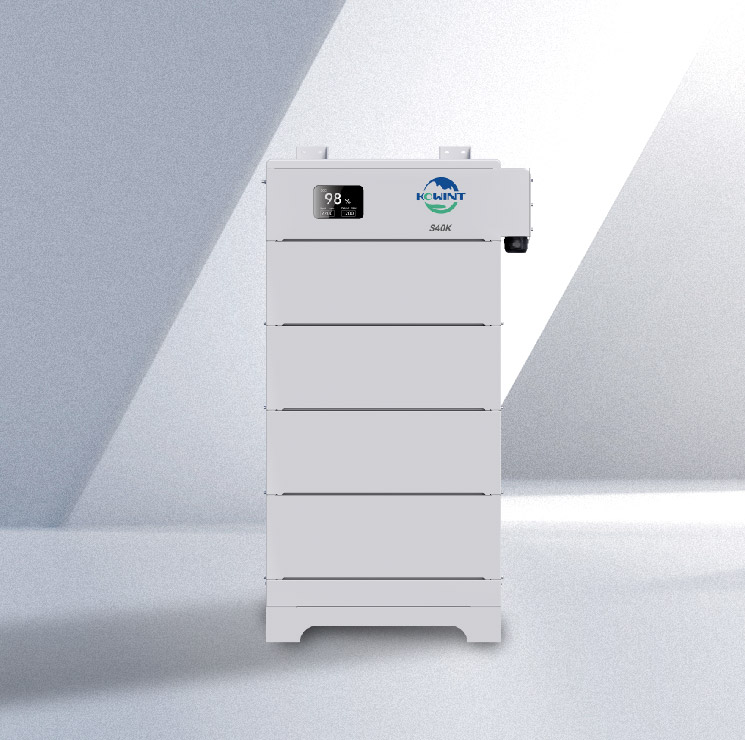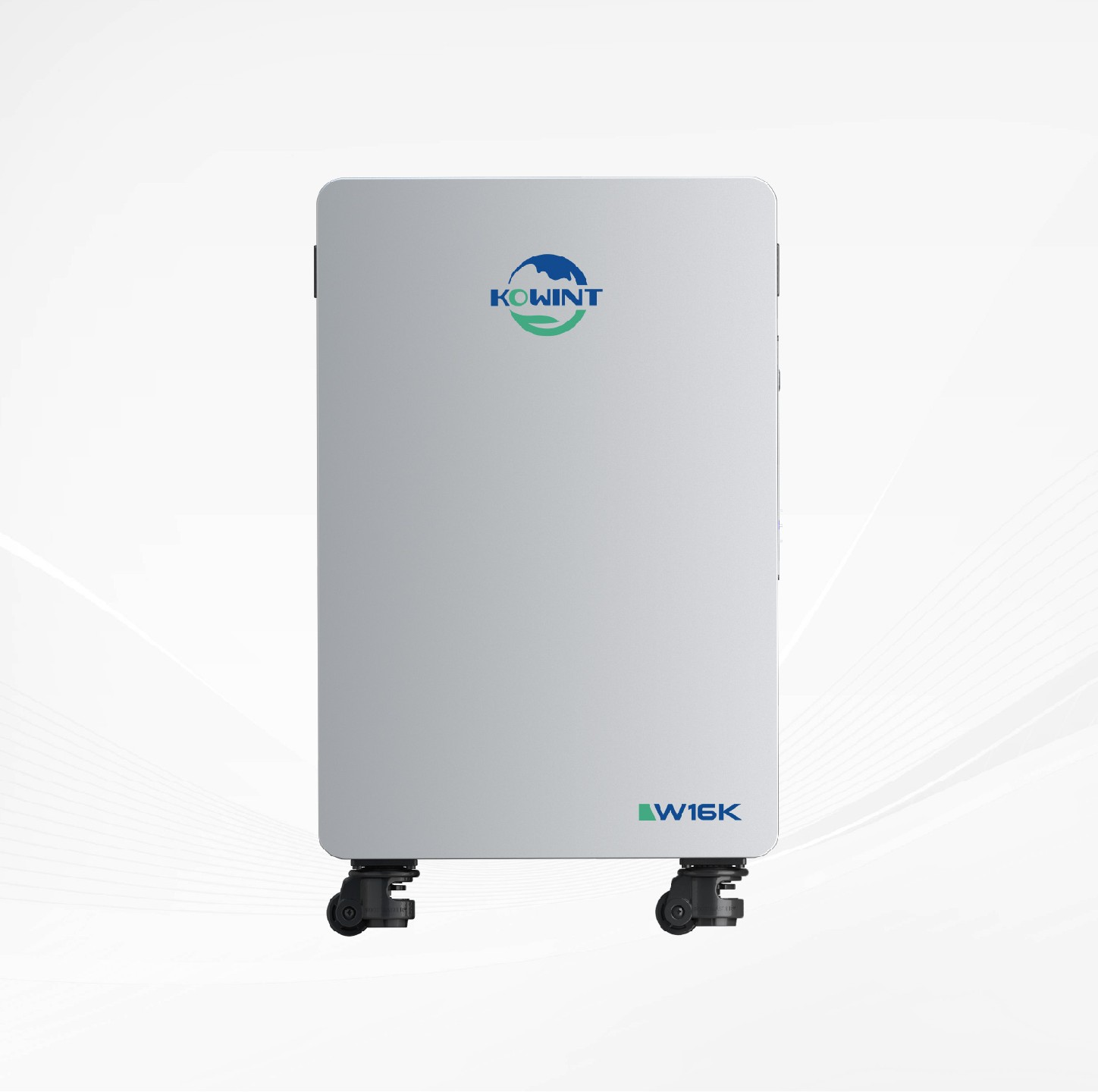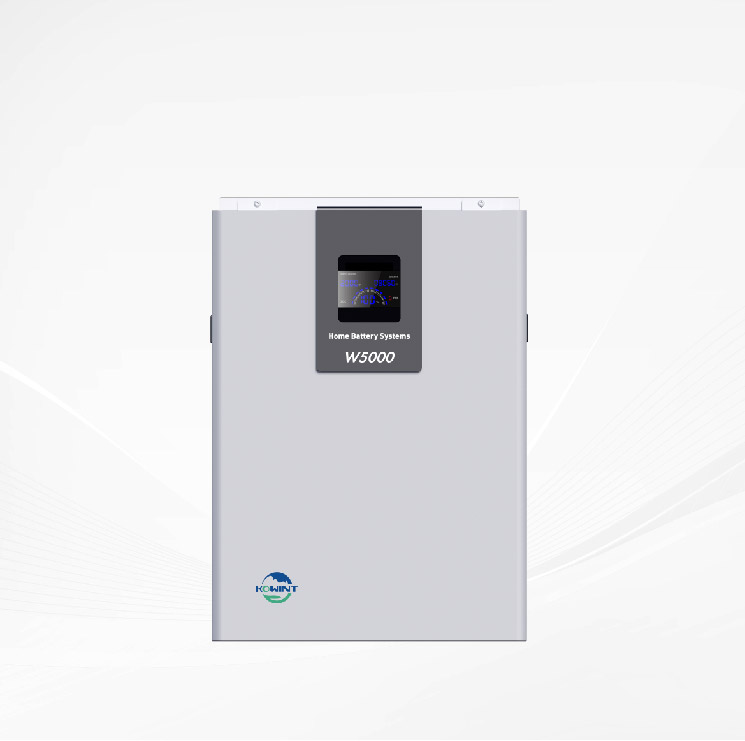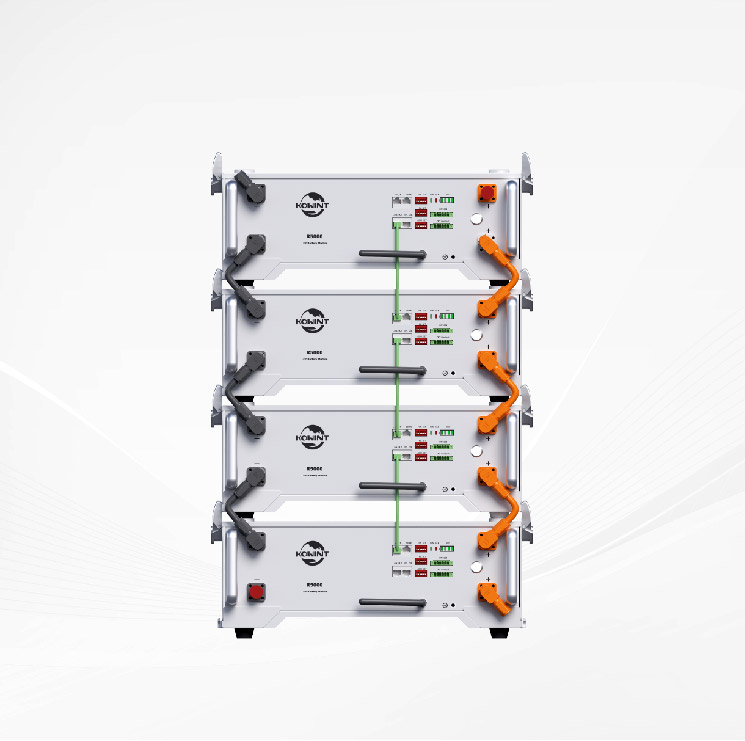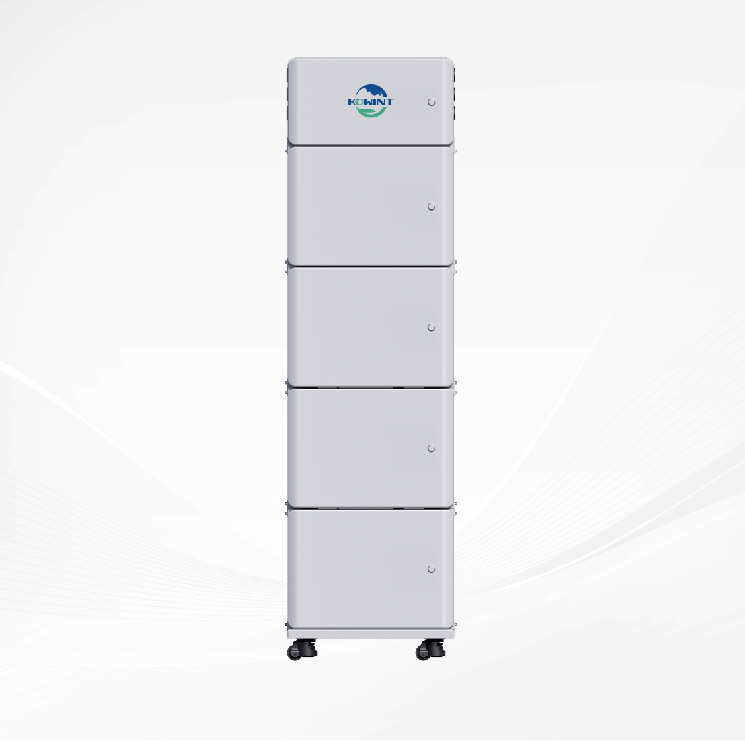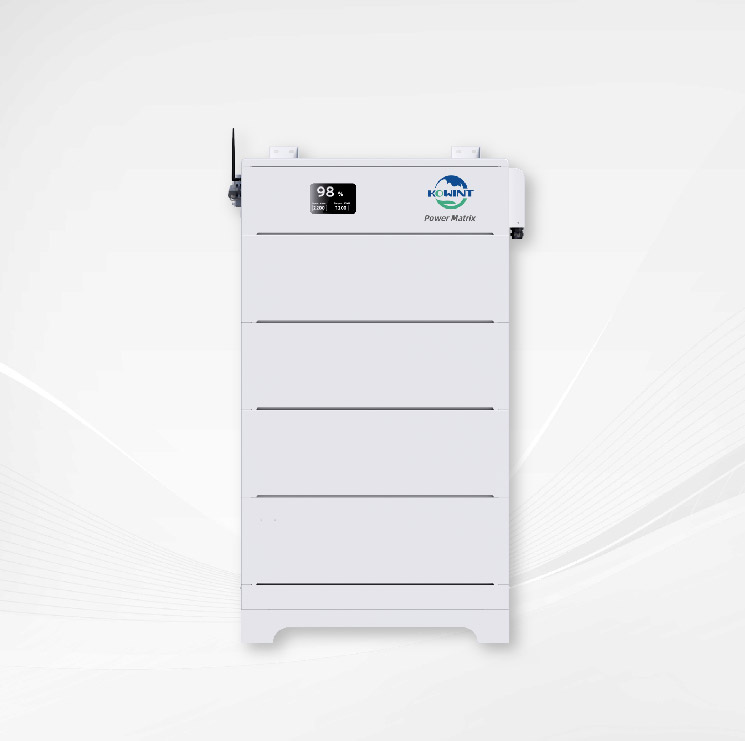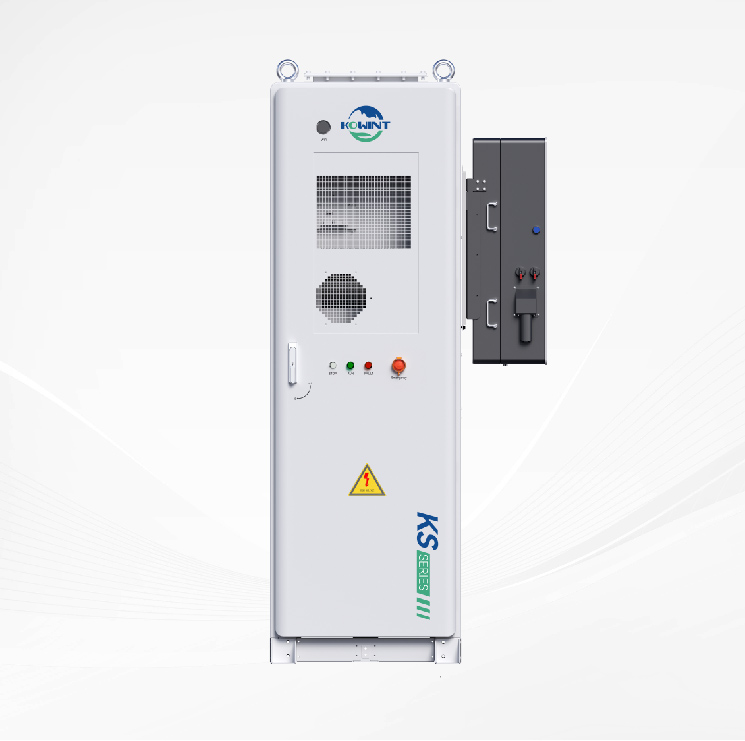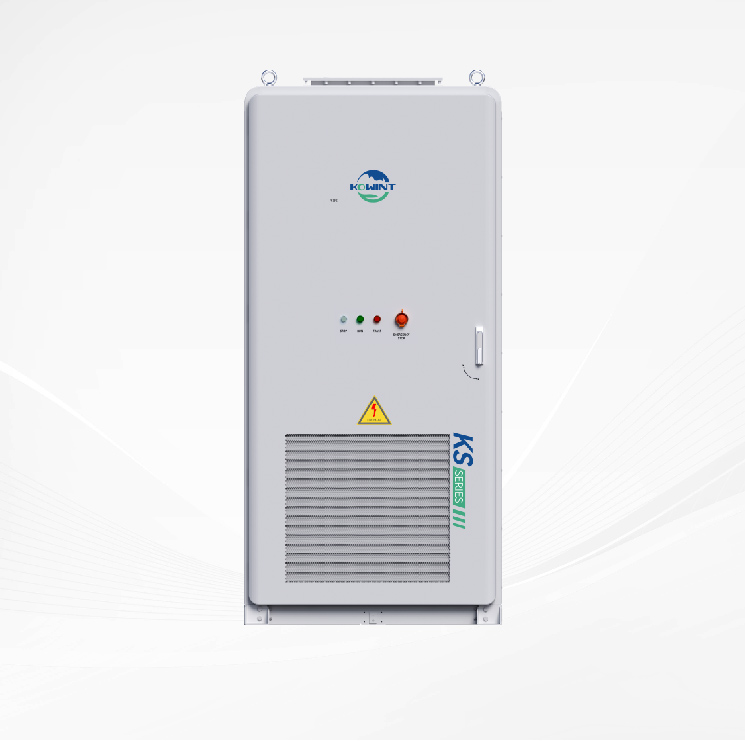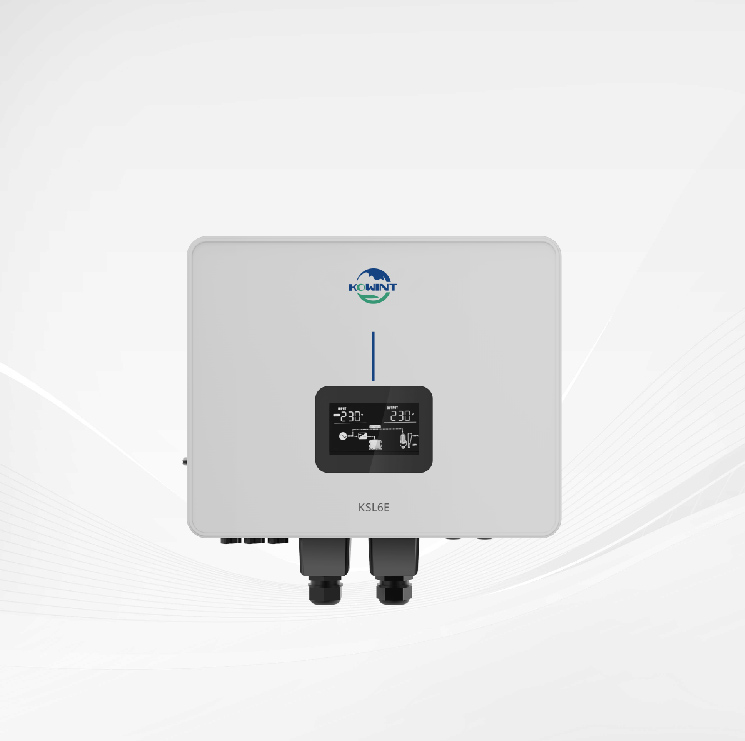How Long Do Solar Batteries Last?
Solar batteries have an average lifespan of 25 years. The most common kind of solar battery is lithium-ion batteries, which can last up to 15 years. Battery type, installation, depth of discharge, cycle life, environment, and maintenance are only few of the aspects that affect the lifespan of solar batteries.
As with any investment, you want your solar system to last as long as possible. In this post, we'll go over several things you can do to keep your solar battery in good shape, as well as some things you should know before making a purchase.
7 factors that affect home solar battery life
Your solar battery's lifespan depends on factors such as its kind, cycle life, depth of discharge, storage environment, and maintenance.
-1.solar battery type
Numerous solar battery options are currently available.The expected lifespan of various solar battery types varies.
--lead-acid:
Lead-acid batteries are the most antiquated type of solar battery, and they also have one of the shortest useful lives. The average lifespan of a lead-acid battery is 3–5 years, or 1500–3000 cycles.
--lithium-ion
These days, lithium-ion batteries are all but universal. Quality solar lithium-ion batteries have a cycle life that is far longer than that of lead-acid batteries. The design life of certain models is 15 years or more, and they can withstand more than 6,000 cycles. Lithium-ion batteries, in general, are durable enough to last for years of use. Your solar battery's performance may degrade slightly as it ages, but rest assured that it will serve you well for years to come.
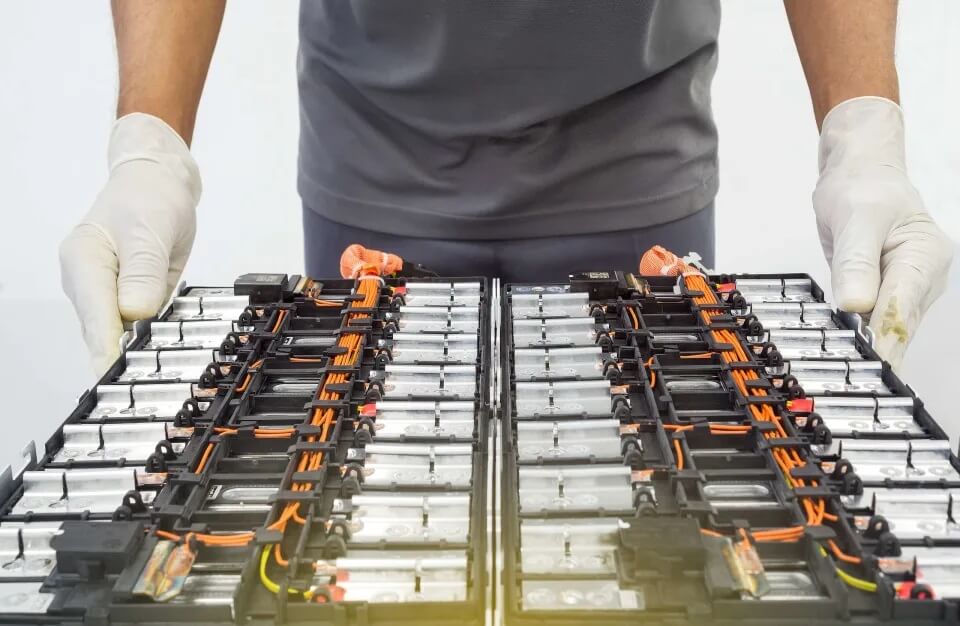
--flow
When it comes to solar batteries, flow batteries are a newbie. In order to store and release energy, they pump liquid electrolytes via electrochemical cells. They can be discharged to 100%, which is more than lead-acid or lithium-ion batteries can handle. This means that their full capacity can be exported without compromising the battery. What this means is a rather long life expectancy, 15–25 years.
Flow batteries provide a lot of benefits, but they haven't taken over the market yet. Why are they so much smaller than lithium-ion battery installations? The cost of flow batteries is high. They can only be run with poisonous fluids and expensive vanadium. Large-scale industrial applications currently account for the vast majority of flow battery usage. This is because a fleet of flow batteries, which can be housed in a secure, enclosed environment, is more financially feasible.
-2.solar battery usage
A solar battery's expected lifespan is largely dependent on the number of cycles it is put through. Fortunately, most solar batteries are deep-cycle batteries, which can be used down to 80% of their capacity before needing to be recharged. Some battery banks require being drained by hand before being charged again.
-3.solar battery warranty
Solar battery producers typically provide lengthy guarantees on their wares. Lead-acid batteries tend to have shorter warranties, while lithium-ion batteries can last a decade or more.
-4.Environment and temperature
The location you select to put your battery has an effect on how long it will last. A solar battery left exposed to the elements for extended periods of time will degrade more rapidly than one kept in a climate-controlled facility. Although garages are commonly used as battery storage, this doesn't imply you can't keep yours in a sheltered outdoor place. Solar batteries have a quite wide operating temperature range.
The typical operating range for solar batteries is between freezing and boiling. This ensures its functionality in a wide range of climates. Your solar battery's performance will drop and, in extreme circumstances, it may stop working if the ambient temperature is outside its working range. If this keeps happening, the battery may have to work harder than it needs to and may not last as long.
-5.Depth of discharge
To what extent a solar battery may be depleted without being damaged is known as its depth of discharge (DoD). We'll use lithium-ion batteries as an example because they're the most popular kind used in homes.
The depth of discharge for lithium-ion batteries is between 80% and 95%. If your battery has a capacity of 13 kWh, and the typical DoD for lithium-ion batteries is 90%, you can safely use 11.3 kWh before the battery starts to degrade. Protective circuits built into today's batteries mean you can never fully drain their power.
-6.Cycle life
There is a wide range of cycle lifetimes available for solar batteries. The number of complete charge and discharge cycles that a battery can withstand is its cycle life. The cycle life of a solar battery is an important aspect in its overall durability.
-7.Maintenance
A solar battery doesn't require a lot of manual labor. Despite the sophistication and dependability of today's technology, it's still smart to keep an eye on your battery life in case of any problems. If your battery has a companion app, using it to keep tabs on its health is a great way to make sure everything is working well.
When purchasing a solar battery, what kind of guarantee should I look for?
Typically, the warranty period for lithium-ion solar batteries is 10 years or more. Lead-acid solar batteries, for example, have a shorter warranty period than lithium-ion batteries. What should you look for in a warranty, given that you're probably in the market for a lithium-ion battery?
Find out how long the warranty lasts, how it's calculated (typically by years of usage), and how many cycles are covered (the more, the better). In the event that your battery stops working within the first five years, you will receive a return equal to half of the initial investment.
Even while you probably won't run into any serious problems if you choose a reliable battery, it's still a good idea to know what to look for in a guarantee before you buy.
What are deep cycle batteries?
The depth of discharge of deep cycle batteries is typically 80% or higher. To recap, a DoD of 80% indicates that the battery can be charged and discharged to 80% of its capacity before suffering significant degradation.
Originally coined to distinguish between lead-acid batteries when such were the industry standard, deep cycle batteries are now the norm thanks to technological advancements.
As a result, the phrase "deep cycle battery" is mostly obsolete in today's solar sector. The DoD of high-quality solar batteries on the market is typically about 80%. The typical DoD for lithium-ion batteries is 90%.

When compared to solar panels, how long do solar batteries typically last?
The useful life of solar panels far exceeds that of solar batteries. A lithium-ion solar battery may only survive for 15 years, but solar panels have a lifespan of 20 to 30 years.
The two most important lessons from this are: The significance of the installation process is emphasized, and the value of selecting a high-quality, long-lasting battery with a proven track record of reliability is stressed. The longevity of your battery depends on a number of factors, including the person who installs it, the way it's installed, and the location. You should squeeze every last year of use out of your solar battery because solar panels last much longer.
How do I know my solar battery is bad?
The likelihood that your solar battery has failed will rise as time passes. Perform a cursory visual assessment before discarding it. Examine the plugs and outlets for signs of damage such as cracks, leaks, discolouration, ruptures, bulges, and bumps.
A short circuit is sometimes indicated by broken terminals. If you find that the terminals on your battery are broken, you need to replace it immediately. Overcharging is indicated by casing bulging or bumps. In most cases, this indicates that the charge controller is malfunctioning. The battery has decayed severely if you notice any cracks or ruptures.
Is the life span of a solar battery the most important aspect?
One of the most crucial factors to think about when selecting a solar battery is its expected lifespan. Research the battery's track record for durability and performance over time using reports from reputable labs like Battery Test Centre. The cycle life and design life of each solar battery should be specified in the product specifications. The length of time a solar battery is guaranteed to last is another indicator of its quality. Any guarantee that is less than 10 years long should raise red flags.
Conclusion
In this guide, we've gone over a lot of ground, but here's a quick summary:
Your solar battery, barring the purchase of a cheap lead-acid model, should last you for at least ten years.
We can only estimate the usable lifespan because of the many unknowns we've highlighted, but it looks good thus far!
Consider Kowint when making the switch to solar energy. You can have confidence that your solar battery will last for many years with Kowint batteries.


 Residential Energy Storage System
Residential Energy Storage System Commercial & Industrial BESS
Commercial & Industrial BESS Residential inverter
Residential inverter